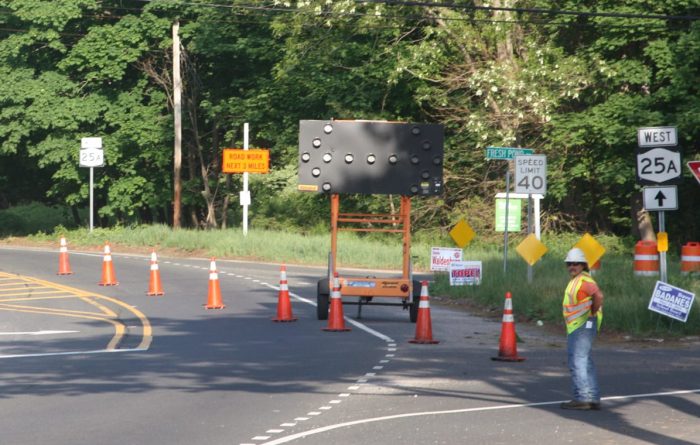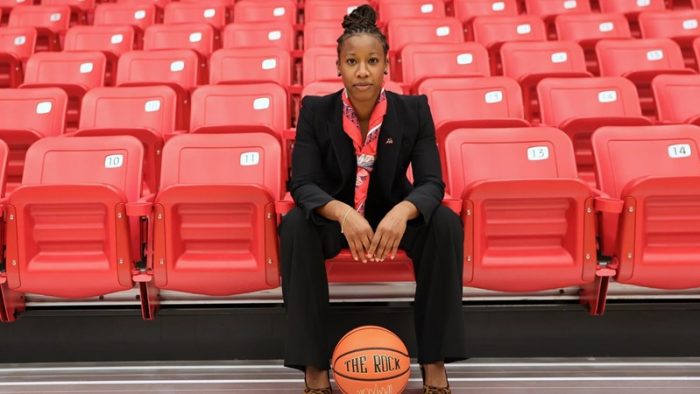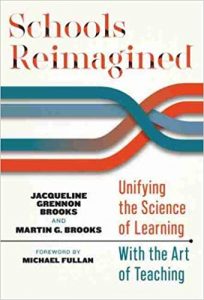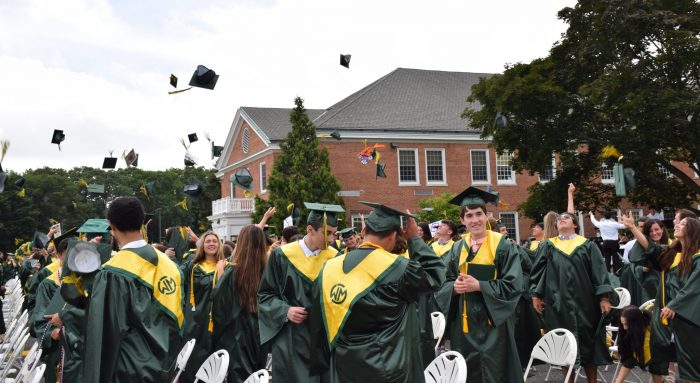By Leah S. Dunaief

At this time of renewed attention to COVID-19, I recommend escapism. I have managed it, and this is how I did it. I immersed myself in two books, one after the other. They weren’t great classics, just hand-me-downs from a person whose reading tastes I respect. He gave me both books, and like a magic carpet ride, they took me to a different time and place with interesting characters for travel companions.
I enjoy historical fiction, and interestingly enough, both books use the siege of Leningrad by the Nazis during World War II as a critical context for their plots. Although we are being laid siege today by a malevolent virus, that act of war almost exactly 80 years ago was far different. Hitler wanted to bomb the city into oblivion, believing that Eastern Europeans were worthless, and survivors were to be starved to death. The German army was under orders not to accept any truce offer that might be extended to them by the city leadership. The siege began on Sept. 8, 1941, and ended, after 872 days of torment, on Jan. 27, 1944. The pre-war population of about two and a half million was reduced at the end to about 800,000 by extreme famine, disease and artillery strikes, one of the most destructive blockades in history. To make matters even worse, that first winter saw temperatures plummet as low as – 40 degrees. The dead piled up in the streets. There were even instances of cannibalism. The survivors were marked forever.
This is a major catalyst of the first book, “Winter Garden,” by best-selling author, Kristin Hannah. It is the story of the relationship between a mother and her two daughters, and between the daughters themselves, that bears the aftereffects of what has been termed by historians as attempted genocide in Leningrad. Anya is a cold and disapproving mother to her children, and they feel cast out to survive emotionally, each in their own way as they grow up. The glue that holds the family together is the father, and when he becomes terminally ill, the dysfunction of the women is clearly revealed. The writing is dramatic and manages to sustain a heart-rending pathos as the plot builds. I tried to keep a dry eye as I read, but in vain. Each continuing episode tugged at my heart and my tears flowed anew with just about every chapter. The surprise ending is a stunner.
Having barely recovered from Hannah’s epic story, I plowed into “City of Thieves,” by David Benioff. Unlike “Winter Garden,” in which the siege of Leningrad is considered for its profound and intergenerational consequences half a century later, Benioff’s main characters deal with the horror as it is unfolding. Seventeen-year-old Lev and 20-year-old Kolya somehow manage to make this into a coming-of-age story, with some laugh-out-loud dialogue even as they are fighting to survive. But don’t be misled. This account of the tragedy of Leningrad is, if anything, more brutal for its contemporaneous setting.
The two young men, through a bit of incredible yet somehow acceptable events, are sent off by a Soviet colonel amidst a starving city in search of a dozen eggs. It might as well be the holy grail for Arthurian medieval knights. In the course of the quest, they see and sometimes experience some of the individual terrors of the siege in what Benioff claims is historically accurate fashion. Benioff has delineated the plot according to specifics in Harrison Salisbury’s book, “The 900 Days,” and Curzio Malaparte’s “Kaputt.”
The latter, a novel published in 1946 by an Italian war correspondent, is about the descent of European civilization on the Eastern Front during World War II, and the former, written in 1969, is by the respected American journalist detailing the definitive story of the prolonged battle. Benioff cites them as sources for his novel.
They were hardly light reading, these two books my friend gave me, but they certainly kept my attention. They also taught me a bit, as good books do.







 Two Three Village residents, educators at the top of their profession — Jacqueline Grennon Brooks, professor emerita of Teaching, Learning and Technology, Hofstra University, and her spouse Martin Brooks, executive director of Tri-State Consortium, an association of over 40 school districts in New York, New Jersey and Connecticut — agree that the key to whether or not learning takes place is not how information is delivered but if knowledge is constructed. Whether it is a teacher or a book or a computer that provides a formal lesson, the students must connect the lesson to what they already know or have experienced for true learning to occur.
Two Three Village residents, educators at the top of their profession — Jacqueline Grennon Brooks, professor emerita of Teaching, Learning and Technology, Hofstra University, and her spouse Martin Brooks, executive director of Tri-State Consortium, an association of over 40 school districts in New York, New Jersey and Connecticut — agree that the key to whether or not learning takes place is not how information is delivered but if knowledge is constructed. Whether it is a teacher or a book or a computer that provides a formal lesson, the students must connect the lesson to what they already know or have experienced for true learning to occur.







